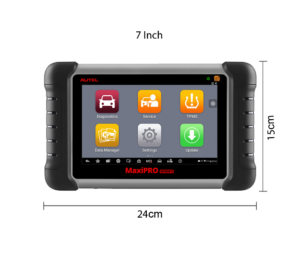
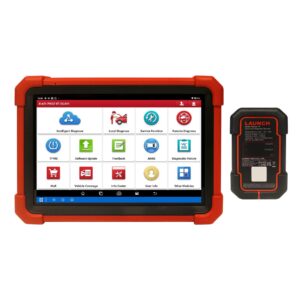
KZYEE KM10 Circuit Tester
260,00 ر.س The price does not include Value Added Tax (VAT), which will be calculated during checkout.
KZYEE KM10 Circuit Tester is the Accurate diagnosis of DC and AC and resistors. Vehicle Super Probe Works with 12V and 24V vehicles. It works directly from the car battery or the lighter. It allows users to check electrical circuits in one step.
KM 10 is the Accurate diagnosis of DC and AC and resistors. Vehicle Super Probe Works with 12V and 24V vehicles. It works directly from the car battery or the lighter. It allows users to check electrical circuits in one step.
The right device for every technician looking for a fast and accurate solution to diagnose electrical systems. device cable is 6 meter long for free moving around the car during diagnostic .
Important Safety Information for KZYEE KM10 Circuit Tester
To prevent personal injury or damage to vehicles and/or the test tool, read this
instruction manual first and observe the following safety precautions at a minimum
whenever working on a vehicle:
- Always perform automotive testing in a safe environment.
- Wear safety eye protection that meets ANSI standards.
- Keep clothing, hair, hands, tools, test equipment, etc. away from all moving or hot
engine parts. - Operate the vehicle in a well ventilated work area: Exhaust gases are poisonous.
- Put blocks in front of the drive wheels and never leave the vehicle unattended
while running tests. - Use extreme caution when working around the ignition coil, distributor cap, ignition
wires and spark plugs. - These component create hazardous voltages when the
engine is running. - Put the transmission in PARK ( for automatic transmission) or NEUTRAL (for
manual transmission) and make sure the parking brake is engaged. - Keep a fire extinguisher suitable for gasoline/chemical/ electrical fires nearby.
- Don’t connect or disconnect any test equipment while the ignition is on or the
engine is running. - Keep the tool dry, clean, free from oil/ water or grease. Use a mild detergent on a
clean cloth to clean the outside of the test tool, when necessary. - When the power switch in the KZYEE KM10 Circuit Tester is depressed battery current/voltage is
conducted directly to the tip which may cause sparks when contacting ground or certain circuits. - Therefore the KZYEE KM10 Circuit Tester should NOT be used around flammables such as
gasoline or its vapors. The spark of an energized tool could ignite these vapors. Use
the same caution as you would when using an arc welder.
Using the Test Tool KZYEE KM10 Circuit Tester
Specifications for KZYEE KM10 Circuit Tester
- Display TFT color display (160×128 dpi )
- Operating Temperature 0 to 60℃ ( 32 to 140℉)
- Storage Temperature -40 to 70℃ (-40 to 185℉ )
- External Power 12.0 or 24.0 V power provided via vehicle battery
- Dimensions (L*W*H) 178*47*28mm (7*1.85*1.10in )
- Net Weight 0.1Kg (0.22LB)
KZYEE KM10 Circuit Tester Tool Description
- Probe Tip – Contacts the circuit or component to be tested.
- Head Lights – Illuminates dark work areas or work areas at night.
- Red/ Green Polarity Indicator – Identifies positive, negative or open circuits. The RED Indicator lights when the Probe Tip is contacting a positive circuit. The GREEN Indicator lights when the probe Tip is contacting a negative circuit.
- LCD Display – Indicates test results.
- Power Switch – Allows you to conduct a positive or negative battery current to the tip for activating and testing the function of electrical components.
- Mode Button – Selects the work mode: AC voltage, DC voltage, resistance, diode.
- Auxiliary Ground Lead – Assists test as a ground lead.
- Adaptor -Connects to the battery.
General Description for KZYEE KM10 Circuit Tester
The tool is the best electrical tester for reducing diagnostic time in all 6 to 30-volt vehicle electrical systems. After a simple hook-up of the tool to the vehicle’s battery, you can:
- Determine at a glance if a circuit is positive, negative, or open without having to reconnect clips from one battery pole to another.
- Test for continuity with its built-in auxiliary ground lead.
- By depressing the power switch, conduct a positive or negative battery current to the probe tip for testing the function of an electrical component without the use of jumper wires.
- Test for poor ground contacts instantly without performing voltage drop tests. The KZYEE KM10 Circuit Tester is also short circuit protected; its internal circuit breaker will trip if it becomes overloaded.
- Follow and locate short circuits without wasting fuses. The KZYEE KM10 Circuit Tester long cable allows you to test along the entire length of the vehicle without constantly searching for suitable vehicle grounds.
Power for KZYEE KM10 Circuit Tester
The tool is powered via the vehicle battery. Connect the RED battery clamp to the POSITIVE terminal of the vehicle’s battery, and the BLACK clamp to the NEGATIVE terminal. When the tool is first connected to a battery (power source), it will sound a beep and the Head Lights will be on to illuminate the test area of the probe tip.
Quick Self-Test to Circuit Tester
- Before you test a circuit or component, be sure your tool is in good order by doing a quick self-test.
- With the tool connected, perform a quick self-test. The power switch is a momentary rocker switch located on the tool’s body.
- Flanking the switch are positive and negative markings. Press the Power Switch forward to activate the tip with a positive voltage. The Red LED should light and LCD display will read the battery voltage. A beep tone will sound.
- Let go of the power switch and the LED will turn off and the tone will cease.
- Press the Power Switch rearward to activate the tip with a negative voltage.
- The Green LED should light and the LCD display will read the 0.0V (ground). A beep tone will sound.
- Let go of the power switch and the LED will turn off and the tone will cease. Your tool is working correctly and is now ready for use.
IMPORTANT:
When powering-up components, you can increase the life of power switch in the tool if you first press the switch, then contact the tip to the component. The arcing will take place at the tip instead of the contacts of the switch.
Auto Circuit Breaker with KZYEE KM10 Circuit Tester
The tool is short-circuit protected. Its internal circuit breaker will trip if it becomes overload. The circuit breaker is a valuable test tool as well as a safety measure to protect the tool from overload.
When circuit breaker tripped, all other functions of the tool are still active, which means you can still probe a circuit and observe the voltage reading. When the circuit breaker is tripped, the tool will NOT be able to conduct battery current to the tip even when the power switch is pressed. Intentionally tripping the breaker and using the tool to probe can be considered an added precaution against accidental pressing of the power switch.
Work mode KZYEE KM10 Circuit Tester
There are four modes to diagnose the electrical systems, which can be accessed by depressing the Mode Button and cycling through each one.
DC voltage
While the KZYEE KM10 Circuit Tester in this mode, contact the probe tip to a circuit, then the LCD display will read the DC voltage with a resolution of 0.1 volt.
AC voltage
While the KZYEE KM10 Circuit Tester in this mode, contact the probe tip to a circuit, then the LCD display will read the Max. voltage, the Min. Voltage and frequency.
Resistance
While the KZYEE KM10 Circuit Tester in this mode, contact the probe tip to a circuit, then the LCD display will read the resistance between the tip and auxiliary ground lead.
Diode
In this mode, the probe tip contact the positive terminal of the diode, connect the auxiliary ground lead to the negative terminal of the diode, the screen will display the forward voltage drop, indicates the forward bias. If exchange the probe tip and auxiliary ground lead, the screen will not display the voltage, indicates the reverse bias.
Operating Instructions for KZYEE KM10 Circuit Tester
Voltage & Polarity Testing
While the tool is in DC Voltage mode, contact the probe tip to a POSITIVE circuit. The red LED will light and the LCD displays the voltage with a resolution of 0.1V. A beep tone will sound. If contact the probe tip to a NEGATIVE circuit, the green LED will light and the LCD displays the voltage with a resolution of 0.1V. A beep tone will sound. If contact the probe tip to an OPEN circuit, neither of the LED will light.
Continuity Testing
While the KZYEE KM10 Circuit Tester is in Resistance mode, using the probe tip with chass is ground or the auxiliary ground lead, continuity can be tested on wires and components attached or disconnected from the vehicle’s electrical system. When the probe tip is contacting a good ground, the LCD will indicate “0.0Ω” and green LED will be on. A beep tone will sound.
In other cases, the LCD only indicates the resistance value.
If the resistance value is greater than 100KΩ, the LCD will show “0L”. There is also another way to prove continuity of connections to ground or battery. Power up the connection using the power switch. If the circuit breaker trips you know that you have a good solid low resistance connection. Note: You can use the probe tip to pierce the plastic insulation on a wire. This means that you can test the circuit without disconnecting anything.
Signal Circuit Testing by KZYEE KM10 Circuit Tester
Once you extract a DTC from the vehicle and realize that troubleshooting begins with some kind of sensor circuit, there is a quick test you can perform to verify the code. Testing your sensor is easy while using the tool. For example, you suspect there is a problem with your M.A.P.? sensor circuit, then follow the procedure involved with testing this sensor: ◆ Set the tool in AC Voltage mode, using the probe tip with chassis ground or the auxiliary ground lead.
◆ Connect vacuum pump to MAP sensor.
◆ Contact the probe tip to the MAP sensor positive terminal and observe the LCD readings which should be a sine wave in normal condition.
◆ Apply vacuum.
◆ Release vacuum and observe the LCD readings.
If the LCD readings are abnormal, there is a problem with this sensor.
Activating Components in Your Hand
- While the KZYEE KM10 Circuit Tester is in DC voltage mode, by using the probe tip in connection with the auxiliary ground lead, components can be activated right in your hand, thereby testing their functions.
- Connect the auxiliary ground lead to the negative terminal or ground side of the component being tested.
- Then contact the probe tip to the positive terminal of the component, the green LED should light, indicating continuity through the component.
- While keeping an eye on the green LED,quickly press and release the power switch forward.
- If the green LED went out and the red LED came on, you may proceed with further activation. Rock the power switch forward and hold it down to provide power to your component.
- With the power switch rocked forward, power will flow from the positive lead on the battery into the probe tip, through the tip into the component’s positive terminal, into the component and out of the component, through the auxiliary ground lead and back into the tool, and back to the vehicle’s battery’s ground.
- Press the power switch forward to activate the bulb.
- Contact the tip to the positive terminal of the bulb.
- Connect the negative auxiliary clip.
If the green LED went off at that instant or if the circuit breaker tripped, the tool has been overloaded. This could happen for the following reasons:
◆ The contact you are probing is direct ground or negative voltage.
◆ The component you are testing is short-circuit.
◆ The component is a very high current component (i.e., starter motor). If the circuit breaker is tripped, reset it by waiting for it to cool down (15 sec.)
Activating Components in The Vehicle
While the KZYEE KM10 Circuit Tester in DC Voltage mode, contact the probe tip to the positive terminal of the component, the green LED should light, indicating continuity to ground. While observing the green LED, quickly depress and release the power switch forward. If the green LED in KZYEE KM10 Circuit Tester went out and the red LED came on in KZYEE KM10 Circuit Tester, you may proceed with further activation. (Figure 12) If the green LED went off at that instant or if the circuit breaker tripped, the KZYEE KM10 Circuit Tester has been overloaded.
This could happen for the following reasons:
- The contact you are probing is a direct ground.
- The component you are testing is short-circuited.
- The component is a very high current component (i.e., starter motor). If the circuit breaker is tripped, reset it by waiting for it to cool down (15 sec.).
WARNING:
Haphazardly applying voltage to certain circuits can cause damage to a vehicle’s electronic components. Therefore, it is strongly advised to use the vehicle manufacturer’s schematic and diagnosing procedure while testing.
NOTE:
When powering up components, you can increase the life of power switch if you first press the switch, then contact the tip to the component. The arcing will take place at the tip instead of the contacts of the switch.
Testing Trailer Lights and Connections
While theKZYEE KM10 Circuit Tester in DC Voltage mode, clip the auxiliary ground lead to the trailer ground , probe the contacts at the jack and then apply voltage to the probe tip. This lets you check the function and orientation of the connector and trailer lights.
If the circuit breaker tripped, that contact is likely a ground. Reset the circuit breaker by letting it cool down for 15 seconds.
Activating Components W/Ground
While the KZYEE KM10 Circuit Tester in DC Voltage mode, contact the probe tip to the negative terminal of the component, the red LED should light. While observing the red LED, quickly depress and release the power switch rearward. If the red LED went out and the green LED came on, you may proceed with further activation. (Figure 14) If the green LED went off at that instant or if the circuit breaker tripped, the tool has been overloaded.
This could happen for the following reasons:
- The contact you are probing is a direct positive voltage.
- The component you are testing is short-circuited.
- The component is a very high current component(i.e., starter motor). If the circuit breaker is tripped, reset it by waiting for it to cool down (15 sec.).
WARNING:
With this function, if you are contacting a protected circuit, a vehicle’s fuse can be blown or tripped if you apply ground to it.
8 Red/Green Polarity LED
The Red/Green Polarity LED lights up when the probe tip voltage matches the battery voltage within ±0.4 volts. It is added information that could be valuable to the technician.
If the circuit you are testing is not within a 0.4 volt (plus or minus) of supply voltage, you will see the voltage reading on the LCD but you will not hear a tone or see a red or green LED. This tells you either you have a voltage drop in excess of 0.8 volt from battery voltage or you are probing a circuit that has an increase of a 0.8 volt or more over battery voltage. To determine battery voltage, simply remove the tip from the circuit and press the power switch forward. Battery voltage will then be displayed on the LCD. The difference between the battery voltage and what is read on the circuit is either voltage drop or voltage increase. This allows you to determine a voltage drop without running back to check the battery. It’s just another one of time saving feature the tool has.
Following & Locating Short Circuits
In most cases a short circuit will appear by a fuse or a fusible link blowing or an electrical protection device tripping (i.e., a circuit breaker). This is the best place to begin the search.
Remove the blow fuse from the fuse box. Use the probe tip to activate and energize each of the fuse contacts.The contact which trips the circuit breaker is the shorted circuit. Take note of this wire’s identification code or color.
Follow the wire as far as you can along the wiring harness. Here is an example for this application. If you are following a short in the brake light circuit, you may know that the wire must pass through the wiring harness at the door sill. Locate the color-coded wire in the harness and expose it.
Probe through the insulation with the probe tip, and depress the power switch forward to activate and energize the wire. If the circuit breaker tripped, you have verified the shorted wire. Cut the wire and energize each end with the probe tip. The wire end which trips the circuit breaker again is the shorted circuit and it will lead you to the shorted area. Follow the wire in the shorted direction and repeat this process until the short is located.
Checking for Bad Ground Contacts
Probe the suspected ground wire or contact with the probe tip. Observe the green LED. Depress the power switch forward then release. If the green LED went out and the red LED came on, a beep will sound, this is not a true ground. If the circuit breaker tripped, this circuit is more than likely a good ground. Keep in mind that high current components such as starter motors will also trip the circuit breaker.
Test Tool Specifications for KZYEE KM10 Circuit Tester
- DC voltage range: 0-65V +1digit.
- Resistance range: 0-100 kΩ.
- Frequency response of tone pass through 0Hz to 10Khz.
- Circuit Breaker.
- Rating current: 1-10 Amp.
- Testing Standard: 100% current: Hold > 1 hour 150% current: trip in one hour 200% current: trip in 3-30 seconds. 300% current: trip in 0.5-4.0 seconds.
Test KZYEE KM10 Circuit Tester Knowledge
Is the tool computer and air bag safe?
The tool LED and LCD pull no more than 1 millamp of current, therefore when using it as a test light or multimeter it is computer and airbag safe. However, pressing the power switch is a different story. When you press the switch forward, you are conducting full battery current to the tip of the probe. There is a nice safety feature built into the tool. Simply connect the extra ground lead to the tool and press the power switch forward until it trips the circuit breaker. This will prevent power from going to the tip but still allow you to use the tool as a multimeter. When you are away from computer components, simple press the reset button and you are ready to power up again.
Only logged in customers who have purchased this product may leave a review.




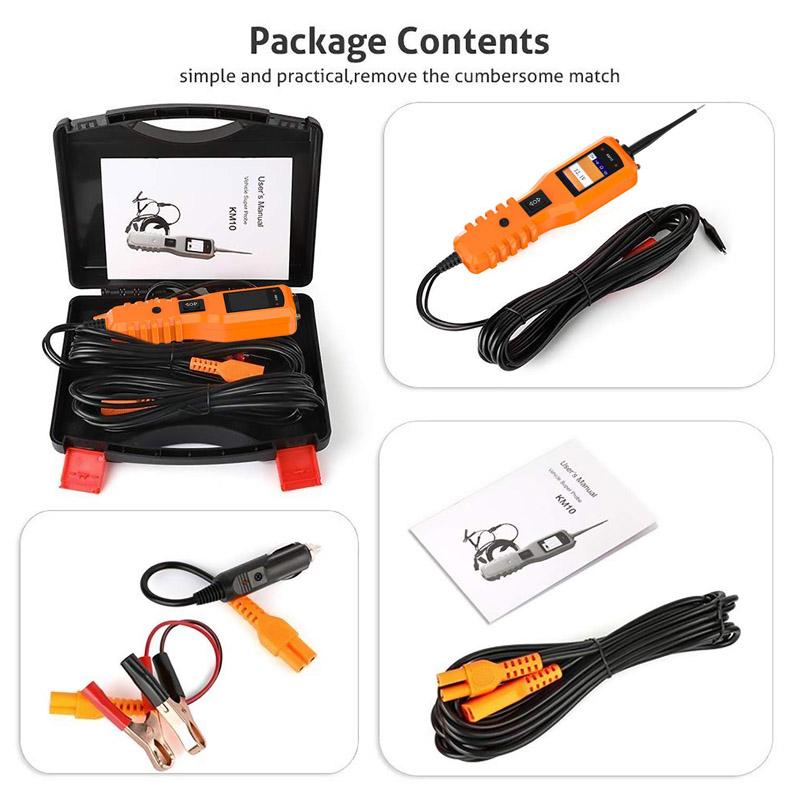
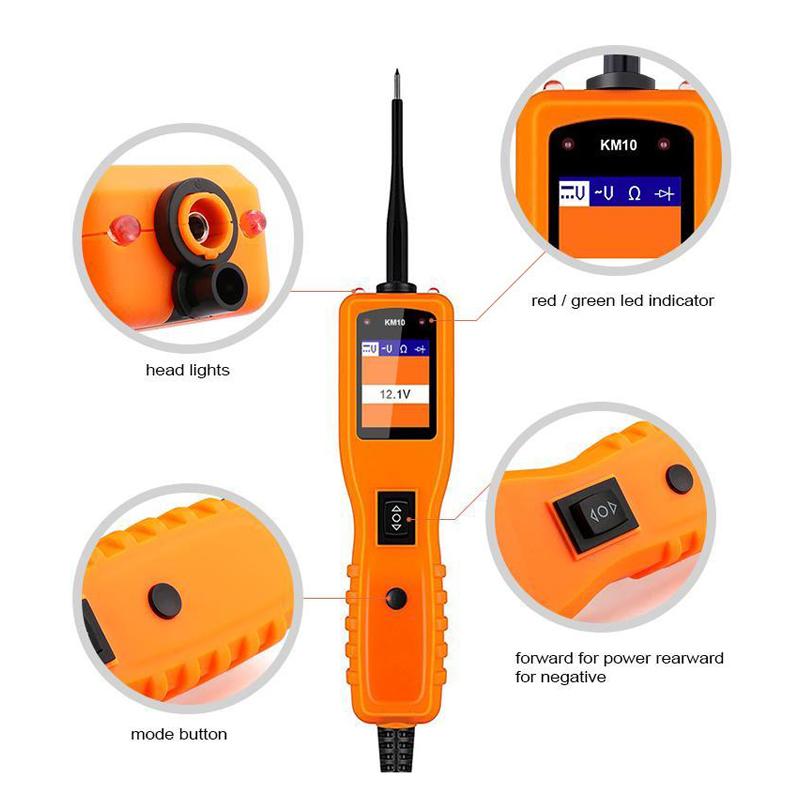
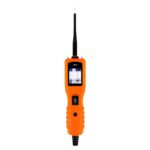
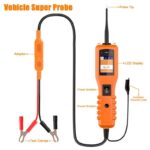
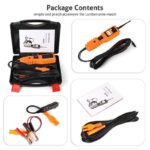
















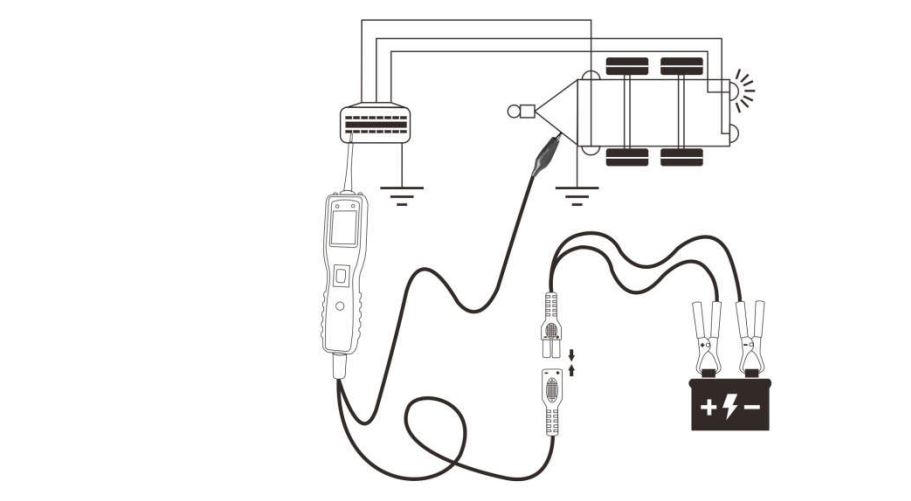

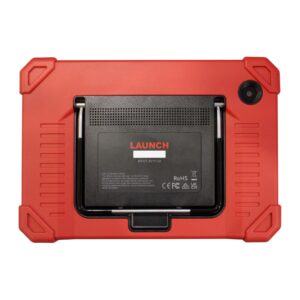
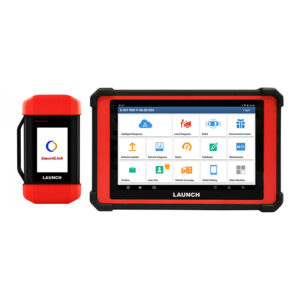
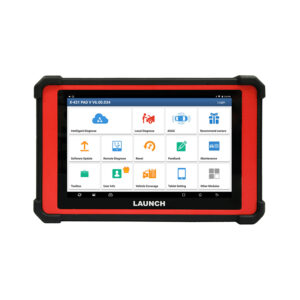
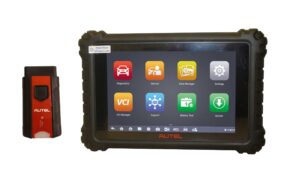
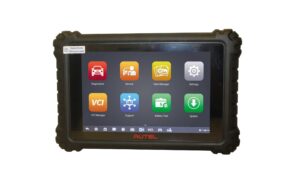
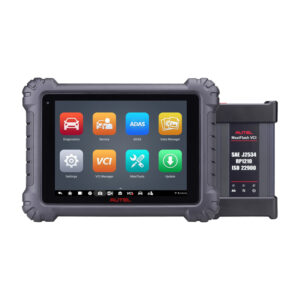
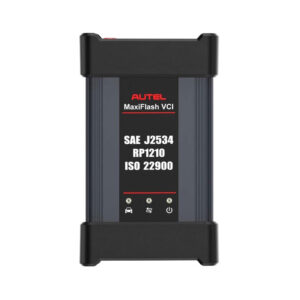
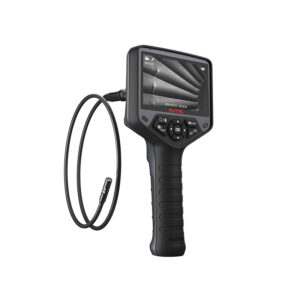
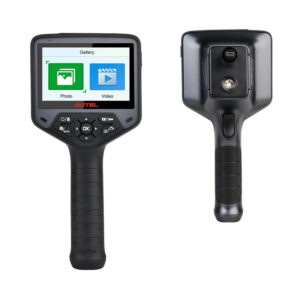
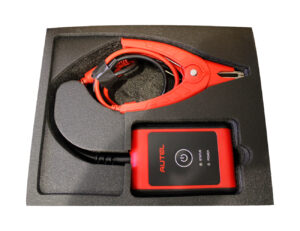

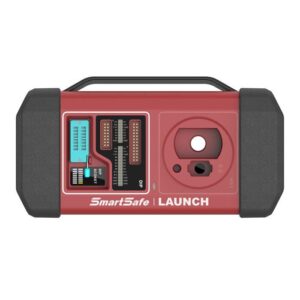
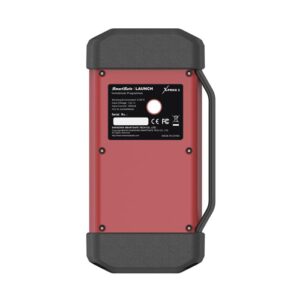
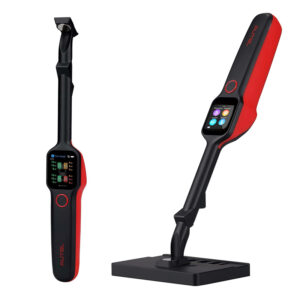
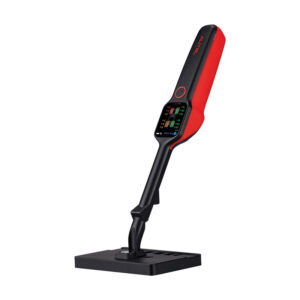

Reviews
There are no reviews yet.